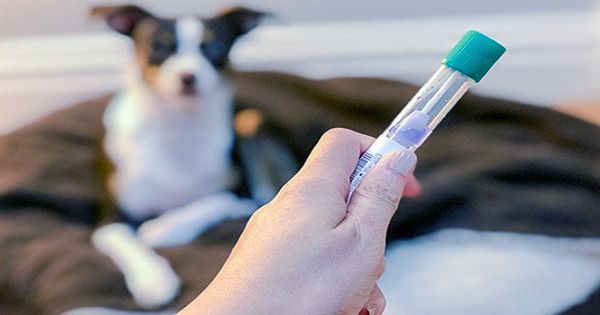You are not imagining it. Because of the epidemic, there are more people walking dogs than ever before. True, walking is one of the few activities we have been encouraged to do in this crazy time, so it is inevitable that we will see the likes of Fido and Rover more often, but statistics show that pet ownership has increased significantly since the epidemic began.
In the United States, it estimated that more than 11 million families have welcomed a new baby into their family, be it a cat or a dog. With most of us working at home, we spend a lot of time with our pets, teaching them new techniques, trying new looks and sharing our dinners with them. We also get to know their habits closely – and some of them we are not too crazy.

You are all “bad dogs!” Before you go into your kinetics, it is good to find the underlying causes of their behavior and it may be in their DNA. Dogs have bred for a number of specific reasons since they were domesticated, and the resulting behaviors have passed down through the generations. For example, hardy dogs can jump to keep pace with their “flock”, making sure they know whom the boss is.
Hunters make lots of touches, let everyone know they have found the desired prey (even if it is just your old lost socks) and their master can come even faster. Some species require a lot of exercise, while others have separation concerns. Knowing a little more about why your dog’s ancestor bred can give you special insights into why your puppy ticks. In addition, knowing the species does not make it easy to tackle annoying habits, it gives you insight into why the cause and helps you form and execute a training program.
Your dog breed may be obvious, especially if it comes from a certified breeder, but if you gave your heart to Heinz 57 – who knows what breed it is? If this is the case, testing a dog’s DNA will not only give you a breakdown of its breed or a mixture of its breeds, but will also help you develop a genetic health concern and risk of certain diseases. For just $59.99, 24% off regular prices, DNA My Dog will help you do just that. Just swab the inside of your puppy’s cheek (hey, at least it is not on the nose!) Then mail in a DNA sample. In two weeks, you will not only get a complete report with the above information, but from there you can start to understand your dog better, equip yourself with the knowledge to manage your dog and further strengthen your relationship.















